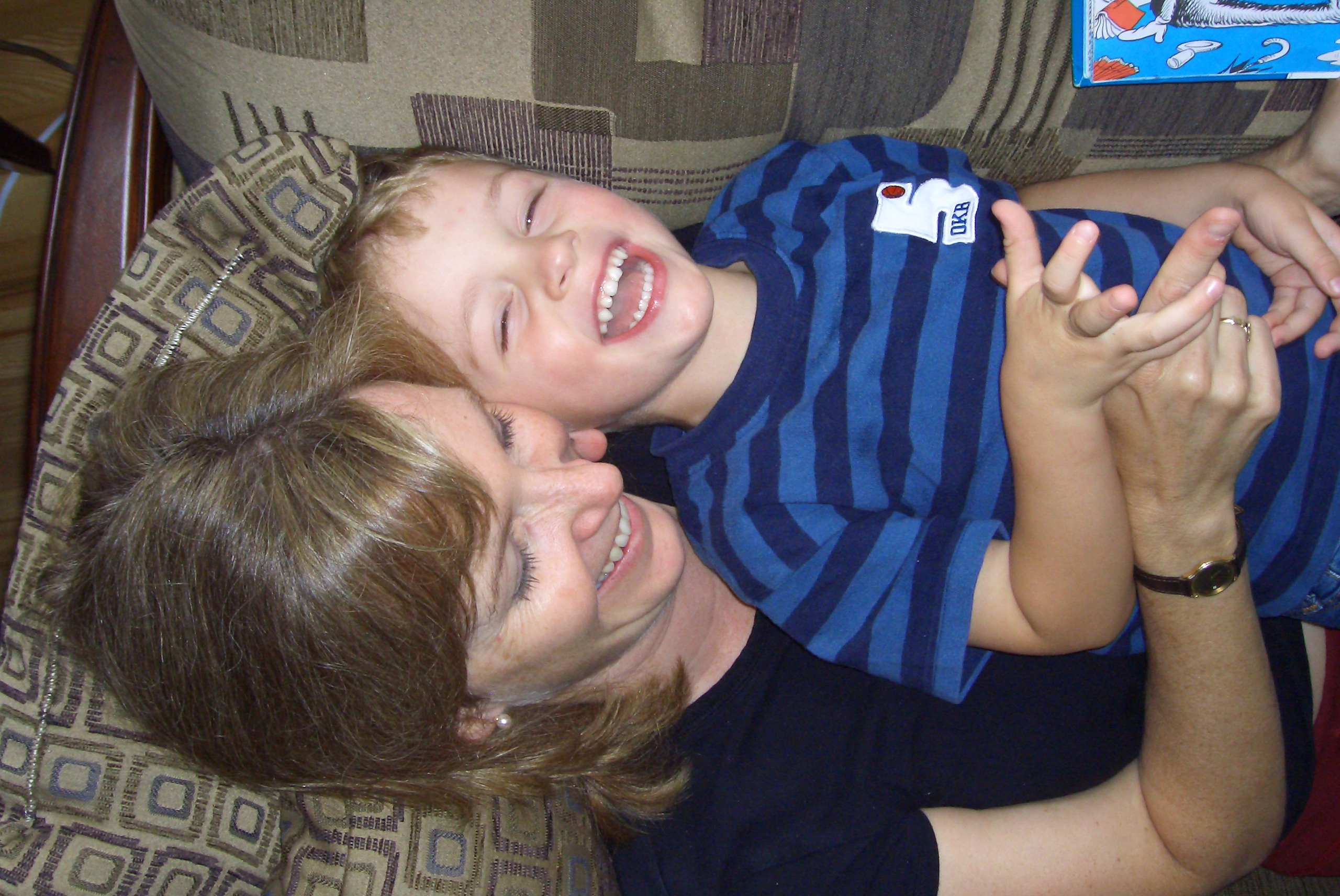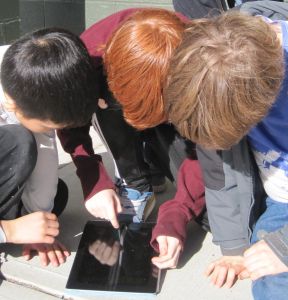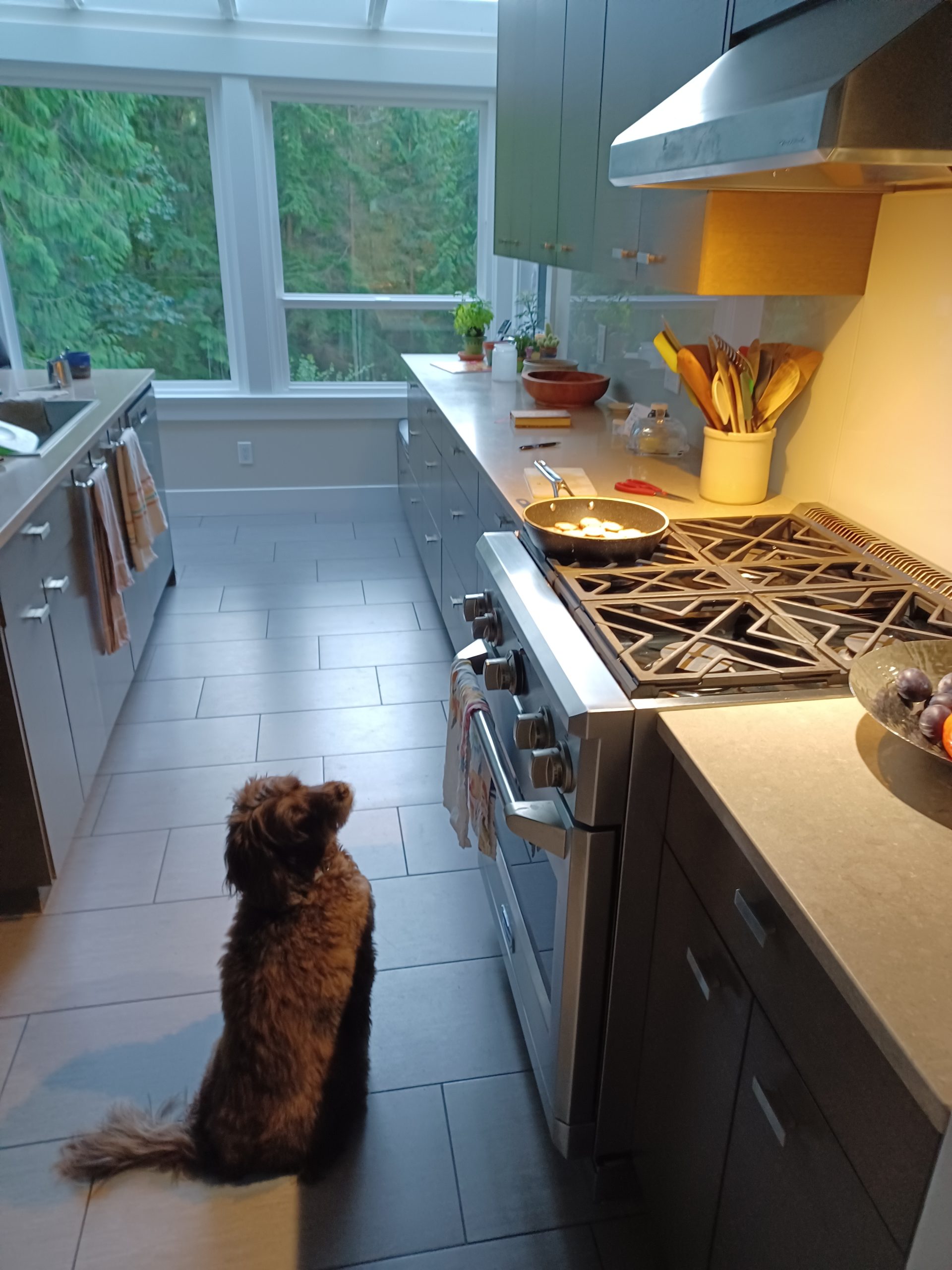I didn’t share this, but while in the Netherlands in July (now I’m in Holland), the d ,m, and r keys stopped working on my computer. My blog was going to be about how hard it was to be creative when one is limited by using no words that had those letters in them. You try it. If I were writing in Dutch and the letter in question was a “y” I could have managed. The long “i” sound in Dutch is created by ij…the only y’s in the language, apparently, are imported. Suffice it to say the idea for that blog died an early death.
My husband, our erstwhile and talented IT department, got a tech person to come and replace the keyboard. Even though there was some question whether the warranty would cover it since my youngest had got sticky stuff all over the keyboard and I thought windex was the solution to that. That was a tense period in my marriage. Only saved by that wonderful coffee machine in that house. Then a few days ago the backspace, enter and space bar keys stopped working. Although some of my emails were frustrating for their recipients, I’m sure, I managed to get it working “enough” to function. Some of the writing I did was just one very long sentencewithnospacesandspellingmistakes…
But then we took a road trip to Ghent and Antwerp in Belgium earlier this week.  Which is relevant to this story only because as we were packing, my youngest dropped the laptop with delinquent keys on the hotel room floor. He was trying to be helpful and make sure the precious (to him) computer got packed. It hasn’t been the same since. So now the three of us are elbowing and jockeying for computer time on the last remaining laptop and the “cute” blog I had drafted about a day we spent cycling in Amsterdam is locked in the crypt of the damaged laptop. So I have to be erudite and entertaining…quickly!!!
Which is relevant to this story only because as we were packing, my youngest dropped the laptop with delinquent keys on the hotel room floor. He was trying to be helpful and make sure the precious (to him) computer got packed. It hasn’t been the same since. So now the three of us are elbowing and jockeying for computer time on the last remaining laptop and the “cute” blog I had drafted about a day we spent cycling in Amsterdam is locked in the crypt of the damaged laptop. So I have to be erudite and entertaining…quickly!!!
Tomorrow we will be leaving Holland and the Netherlands. I don’t know if I’ll be back. I’ve spent a lot of time here traveling, living, and interacting with Dutch friends and have learned a few things to pass on:
- This is not a credit card friendly country if you are not a Dutch resident. Even in grocery stores. Also retailers outside of downtown Amsterdam. Carry wads of cash at all times. Try not to look like you are nervous about this in large urban centres.
- Prices on restaurant menus are not what they seem. One price will be on the menu but a different (higher) price can show up on your bill. That’s just the way it is and you are not warned of any price changes in advance. Your server will not care if you find this unusual, or indeed, illegal in your home country.
- It is easy to get around the country by train, but not easy to buy tickets if you are not a Dutch resident (see #1). Except if you are arriving at Schipol and traveling to Amsterdam or another city in the Netherlands/Holland. No other train stations (that we saw), or even the NL train website, took credit cards.
- Do not use anything higher than a $100 euro note. Even those will be frowned upon and inspected very closely. $200 euro notes will send everyone for a loop. Even the banks where you try to get smaller bills.
- Banks have no cash in them whatsoever. ATM’s have all the cash. But you can’t have any because you don’t have a Dutch bank account and can’t get one. Even if you’re living there for a few months…that doesn’t count as a “resident”. So you can’t deposit your $200 notes and get out smaller ones. You must drive into Amsterdam and find a Western Union and pay them a fee for smaller bills.
- The rules of the road for driving a car are very mysterious with respect to uncontrolled intersections. There seems to be a lot of yielding that doesn’t entirely make sense. Even if you are on the “main” road you seem to have to yield to someone turning onto the road you’re on.
- While driving, make sure you are following the speed limit very closely. Do not go more than 5 km above the speed limit. Even if no one else is on the road for miles, you are being monitored. With all our careening, yielding, and trying to listen to GPS lady, we managed only one speeding ticket for 30 euros…wasn’t clear which driver was responsible. J Another marital minefield averted…
- Cyclists are the most important where driving is concerned. I was really grateful for this on our day long cycle of Amsterdam. I was doing the mother duck thing following my husband and son (on a tandem), our friend, and my daughter…watching them, the pedestrians, other cyclists, musicians, beggars, lost tourists, construction barricades, trams, buses, and cars. It was a lot. Then I got confident and started snapping photos. Then, with even more confidence, during an mid afternoon interlude in a beautiful park side café, I shared a carafe of wine with my husband. Cycling after a glass (or two) of wine was a completely different experience. I recommend cycling Amsterdam “clean and sober”. But I was proud of the 116km the odometer on my bike said we covered. Sightseeing on bikes is highly recommended.

- The metro is credit card friendly in large and small centres. Subways are clean, well-monitored and efficient. You can buy and load a v-card that will work in all the transit systems in the Netherlands from machines that even speak English using your international credit card.
- July is the wettest, coldest summer month in the Netherlands.
- Like other parts of Europe, Amsterdam is a very busy place. It is chock a block with guide-toting tourists all intent on seeing the same sights. It’s a bit surreal. It’s a bit of a cookie-cutter travel experience. Yes, Amsterdam is one of the great cities of the world and I guess everyone should see it. If you like museums, go crazy. They’re amazing. But if that’s all you see in Holland, you’re doing yourself and the country a disservice.
Day trips (at least) from Amsterdam will give you a broader cultural understanding, allow you to see some of the bucolic countryside, and seeing other centres will give you a better idea of how these communities came to be and what makes the country “tick”. As a North American, that was the real thrill for me. That is my “take away”. In North America we don’t have the history that Europe has. That’s what we come to see. But to understand it, you need to get off the tourist book trail. For me, Leiden and Delft helped me do that. Amsterdam, great as it is, was a different experience. I went into the city on my own one day and in a way I was almost sorry I did. North America has big cities.
I was grateful I was in the eastern part of the country where, as a Canadian, it was easy to feel a sense of pride and almost-belonging for our contributions on the international scene. And it’s very green and agrarian. The very south of the country, around Maastricht. is a confluence of Dutch and Belgian culture that isn’t present elsewhere in the country. Rotterdam, it’s port and its network of infrastructure to support that, is the engine of shipping from western Europe. The port itself is a sight.  In the Hague, where it seems every other office is an international law practice, I could almost feel the footsteps of international diplomats, political leaders and world justice thinkers.
In the Hague, where it seems every other office is an international law practice, I could almost feel the footsteps of international diplomats, political leaders and world justice thinkers.
So here it is…the authentic travel experience is not in any guide book. The stories you remember for years? The ones in the retelling that make you interrupt your fellow traveler to share your part? They’re on a suburban road; they’re in the middle of nowhere; they’re in an unplanned and perhaps at the time, unwanted, experience. Go see the small towns. Go where the other tourists don’t go. And with its quirks, I’ve been grateful to experience that in this country.
they’re in an unplanned and perhaps at the time, unwanted, experience. Go see the small towns. Go where the other tourists don’t go. And with its quirks, I’ve been grateful to experience that in this country.
Thank you, the Netherlands, it’s been a great ride.




can’t wait to see you, carmen! lots to catch up on! xo
omgosh, there sure is!